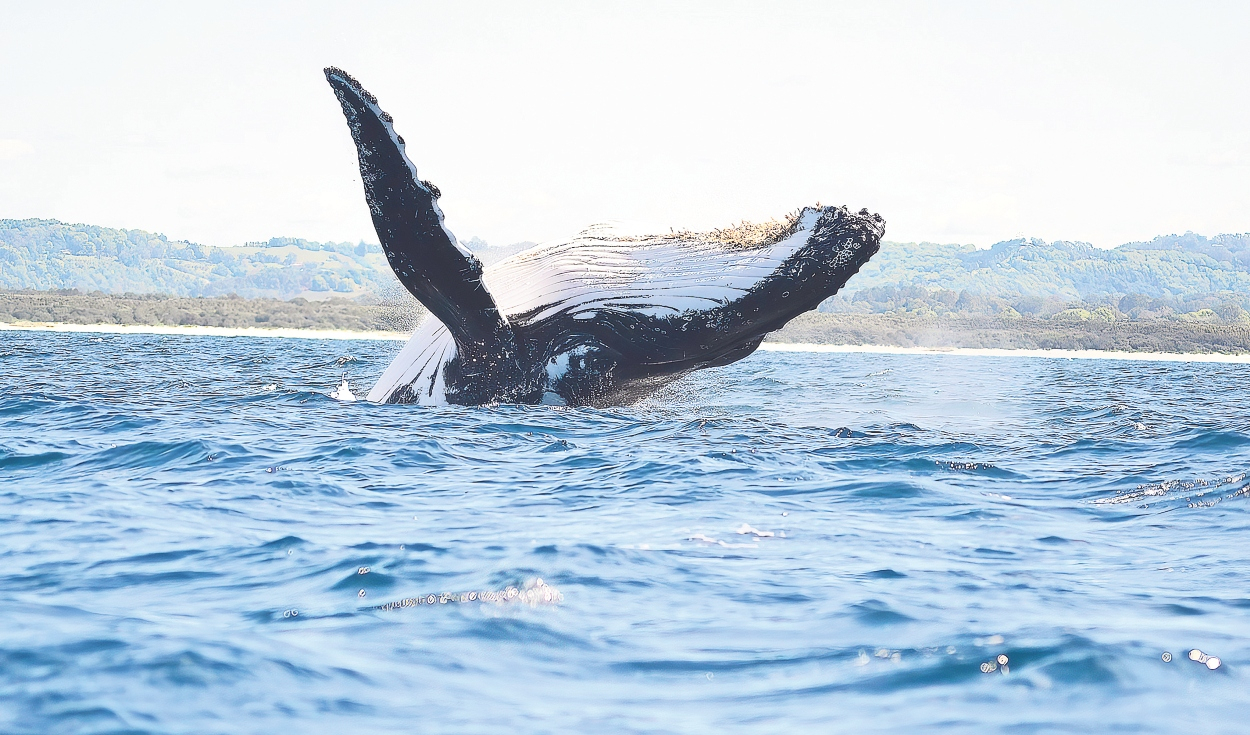
The Mar Tropical de Grau National Reserve, where the currents converge, is Humboldt and Guayaquil, is a proposal that dates back just over 10 years and has only recently materialized. It is an ecosystem of 115,675 hectares between Piura and Tumbes that was not represented as a protected natural area.
Although the area was initially proposed as a reserved area for studies to be carried out, finally the Ministry of the Environment (Minam) and the National Service of Natural Areas Protected by the State (Sernanp) agreed on the sustainable use of their resources “due to the degree of use they had before,” which includes not only artisanal fishing and tourism, but also industrial fishing and oil exploitation. That is, pre-existing activities.
ANDThis reserve has four polygons: Foca Island, Cabo Blanco and El Ñuro, Punta Sal Reef and the Máncora Bank. The first three are within 5 miles and do not allow industrial fishing, but Máncora is offshore.
Oil exploitation
The Grau reserve overlaps “very little” with the oil lots, José Nieto, head of Sernanp, tells La República.
It should be added that Foca Island occupies 1% of Lot Z-6 of Savia (in a situation of force majeure since 2012); and Cabo Blanco and El Ñuro, 11% of Lot Z-69, today owned by Petroperú. That is why “an understanding has been reached.” Karoon withdrew in 2021 from Lot Z-38, which completely overlapped the Bank of Máncora. But with Perupetro there will be a problem. From their promotional area they maintain that the reserve overlaps the space where companies are expected to carry out hydrocarbon exploration and exploitation activities, something “that is not part of a pre-existing right,” in Nieto’s words.
“In the area there are contracts awarded and they are in operation. These pre-existing rights will be respected because the reservation comes later,” the official argued.
Protection of the marine area is limited
ANDAt the last Conference of the Parties (COP) of the United Nations, it was set to reach 30% of the territory with some degree of conservation by 2030 with effective management. How is Peru going? On land, we have 18% of protected natural areas because OMEC (other effective area-based conservation measures) are added. In the marine area we are in debt, we will barely exceed 7% with the Grau Reserve.
Source: Larepublica
Alia is a professional author and journalist, working at 247 news agency. She writes on various topics from economy news to general interest pieces, providing readers with relevant and informative content. With years of experience, she brings a unique perspective and in-depth analysis to her work.











